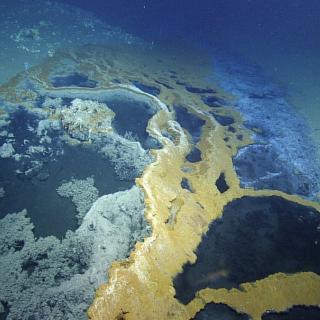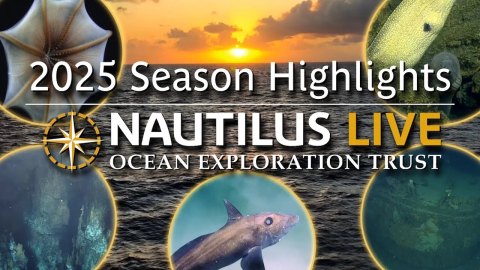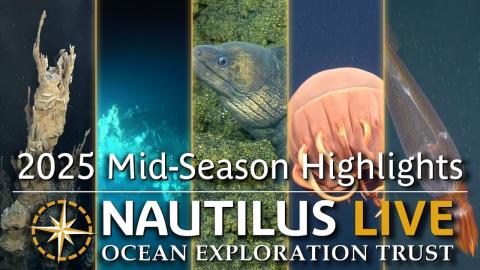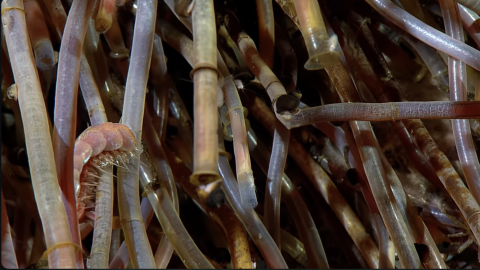Expedition Overview: Cold Seeps in 60 Seconds
On this leg of the expedition, we will return to cold methane seeps and brine pools investigated during the 2014 season to continue an examination of the symbiosis between the mussels that live at the seeps and the bacterial symbionts that they host. Previous work has shown that different species of Bathymodiolus mussels have different combinations of symbionts that allow them to survive under varied conditions at the seeps. The symbionts utilize hydrogen sulfide or methane. Sulfide-oxidizing symbionts use the energy from sulfide to grow using CO2 as their sole carbon source. In the case of methane-oxidizing symbionts, the methane is their carbon and energy source. We will collect the mussels and their surrounding water and sediment to characterize the microbial populations in each using next-generation sequencing technologies.

Cold Methane Seeps in the Gulf of Mexico
On this leg of the expedition, we will return to cold methane seeps and brine pools investigated during the 2014 season to continue an examination of the symbiosis between the mussels that live at the seeps and the bacterial symbionts that they host. Previous work has shown that different species of Bathymodiolus mussels have different combinations of symbionts that allow them to survive under varied conditions at the seeps. The symbionts utilize hydrogen sulfide or methane.



